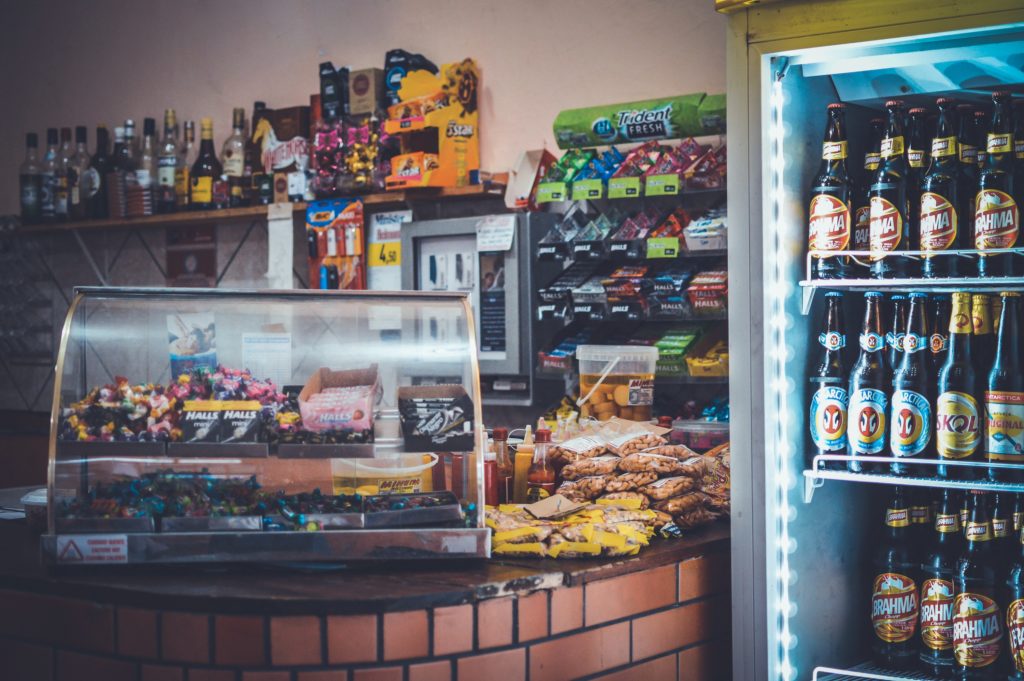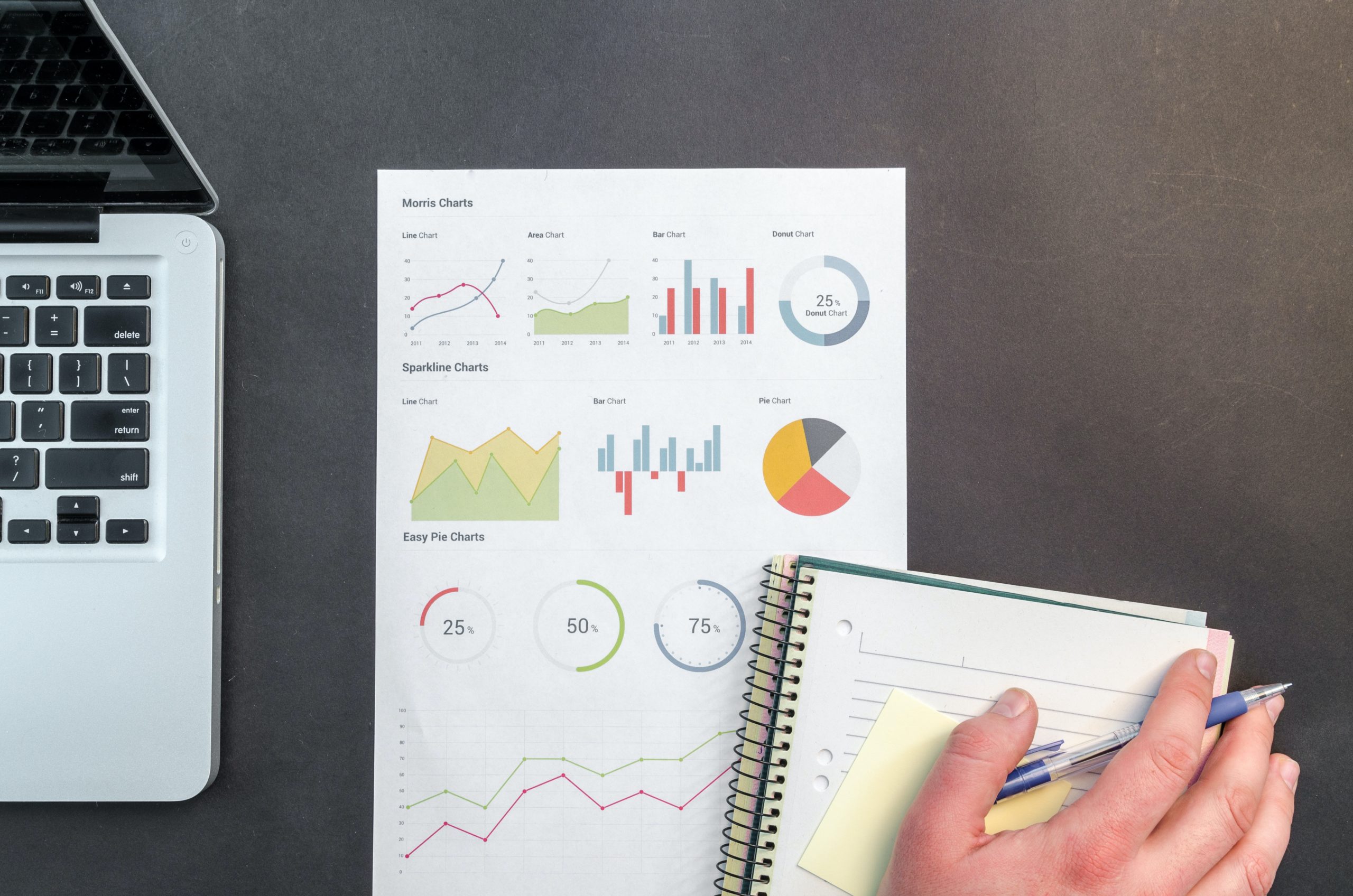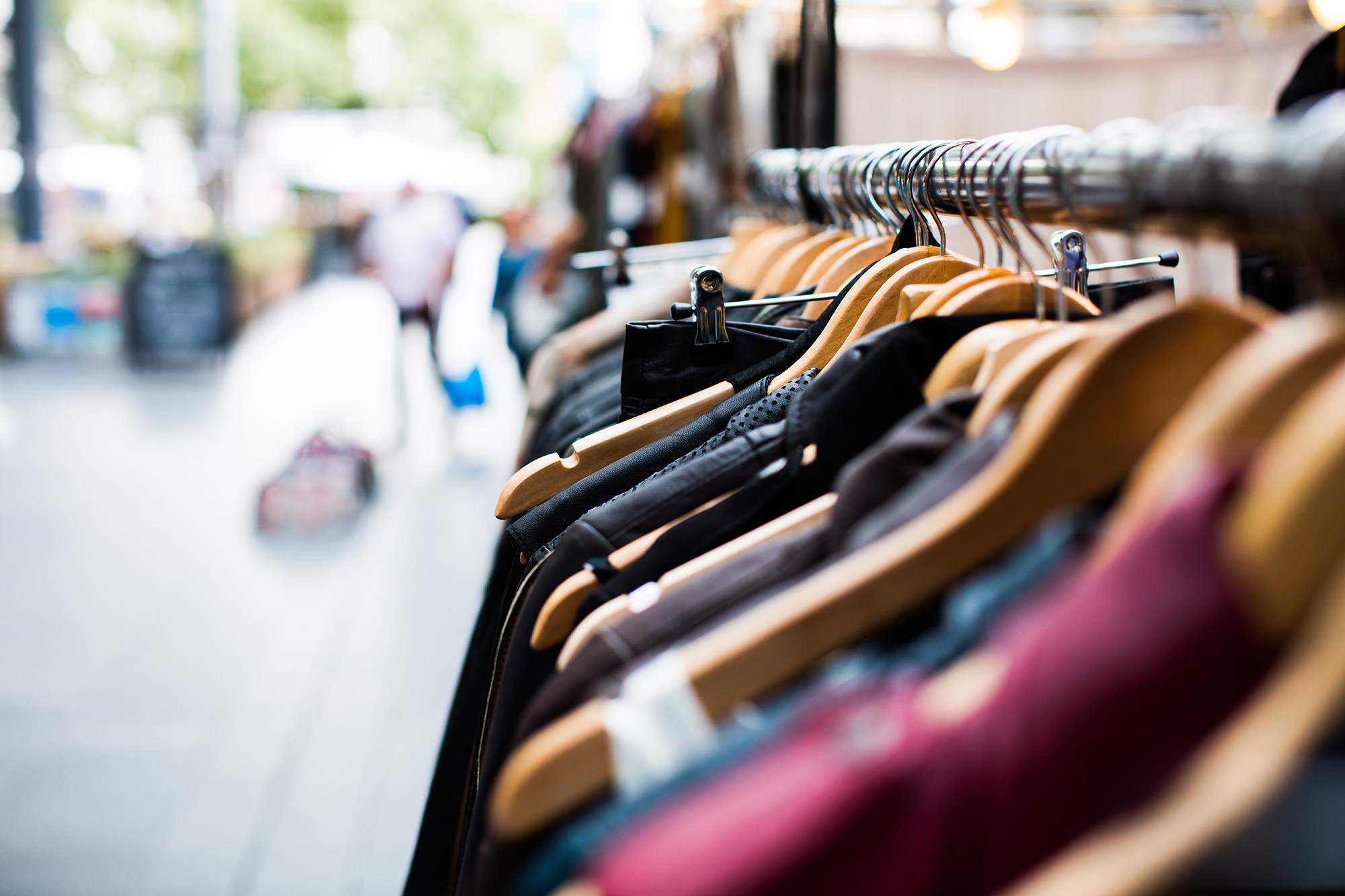Eye-level is buy level — The Principles of Visual Merchandising
“Eye Level Is Buy Level” And Other Important Things To Know About Visual Merchandising.

Product placement essentially comes down to how well brands and retailers tap into the ways most of us shop. So, we’ll start with an important insight that may surprise you. In a very informative Blue Paper®, 4imprint, a leading provider of retail promotional items, cites a study that concludes only about one-third of all buying decisions are actually pre-planned. Only one third! In other words, most of us add quite a few items to our shopping lists when visiting supermarkets and other retailers.
So, the question for brands becomes, “What triggers that impulse buy in shoppers and how do I make sure my product or products are top-of-mind when it happens?”
The question for retailers becomes, “How do I encourage my shoppers to buy more of my higher-margin products when making those impulse purchases?”
Visual merchandising and shelf placement play a huge role in catching the eye of shoppers and answering both of these questions.
Product Placement And Purchases
Most retail environments with a good number of brands and products use displays and shelves that can be divided into four primary “shelf zones”, measured from top to bottom. It’s also important to note that consumers have been conditioned to shop from left to right, with lower priced items on the left gradually moving to higher price items on the right. Where a brand falls both vertically and horizontally on shelves plays a big role in how shoppers both notice and perceive it.
Eye Level Is Prime Placement (4-5 feet)
Customers strolling down the aisle pay a lot more attention to items they come across at eye level. Which is why that same Blue Paper®, indicates that brands and manufacturers are often willing to devote up to 50% of their promotional budgets on securing featured display space, including eye level shelf placement. This is the most coveted shelf placement in a store and also the most difficult (and often expensive) to secure.
Stretch Level (6 feet and over)
Shoppers, particularly those who aren’t very tall or have physical limitations, do not enjoy having to stretch to reach products. The very top of shelves is probably the least attractive placement. However, some items might find their way up there purely for safety and convenience reasons – because they are smaller and lighter, and therefore easier to remove from upper shelf positions.
Touch Level (3-4 feet)
Think of touch level as those shelves that are midway down as you face them. From a visual merchandising perspective, items placed here are easy to grab and examine. Shoppers don’t have to reach for them or bend over to pick them up. Plus, have you ever noticed that in many stores products like toys and sweets are placed on the middle shelves? That’s because this is eye level shopping for kids. Another merchandising strategy retailers and supermarkets employ to increase those impulse sales. “Mommy, can I get this, pleeaaaaaseee!”
Stoop Level (below 3 feet)
Who wants to bend down to pick up a product? The answer is almost nobody. For older shoppers or those with disabilities this can actually present a physical challenge that essentially renders these products off limits. Lower margin merchandise tends to find itself in this unpopular stretch of shelf real estate. However, in many instances, the reason a product is placed on a stoop-level shelf is physical. Larger and heavier products, like bags of charcoal or bulk package products are place on lower shelves to ensure shopper safety. Better to bend and pick it up than to have it tumble down on your head.
Looking Deeper Into The Buy Level
Now that we’ve delved into where products can be placed on shelves, let’s explore the methods by which retailers and supermarkets make these important placement decisions. Merchandising can be looked at in a variety of ways, depending on how people shop for specific items:
Horizontal Placement
Products in the same category are placed on shelves side by side to show shoppers the wide range of options available to them. A good example might be eggs and yogurt brands found in the dairy sections of most supermarkets.
Vertical Placement
Items are placed on more than one shelf level. Think of the denim section of your favorite clothing store. Chances are jeans are displayed on more than one shelf, offering a variety of styles, cuts and sizes.
Block Placement
Products under an overall umbrella or category are displayed together. There are countless examples of block placement – school supplies in local supermarkets; audio and video gear in big-box retailers; beer and wine in local convenience stores. Shelves feature products that go together in one way or another.
Commercial Product Placement
This strategy takes into account shoppers’ perceptions of different brands. Those products with the highest perceived value or brand awareness earn the best shelf level – usually eye level. On the other hand, products that don’t score highly are placed at a less attractive shelf level.
Market Share Placement
This is a purely bottom-line strategy. Products that generate the most overall revenue for the store get prime shelf placement. Making it easier for shoppers to find them serves to increase sales and therefore revenue.
Margin Level Product Placement
Again, this is a bottom-line approach. However, in a margin level strategy, retailers measure the greater profit generated by a product rather than the overall revenue gained by a sale. It’s a net game. Products that generate the highest profit margins find their way to the best shelves in the store.
If you found this post useful, and would like to learn more about visual merchandising and product placement, including how new data technologies are driving the science forward, visitwww.mobileinsight.com. Be sure to check out our additionalretail blogs you might find helpful.
Mobile Insight® is the only retail and merchandise management solution designed to meet the brick and mortar sales challenges of high-value brands and retailers. Unlike hardware and software providers that focus on fast-moving goods, the Mobile Insight® platform delivers assisted sales solutions for more complex, interactive, and customer-centric environments. Combining data from in-store systems, 3PLs, employee and partner activity, Mobile Insight® enables informed, smarter decisions that drive sales and operations excellence. For more information, visit www.mobileinsight.com.
Latest Posts
Seeing is Believing. See Mobile Insight® in Action.
Experience game-changing insights that will improve your retail operations and drive revenue.





